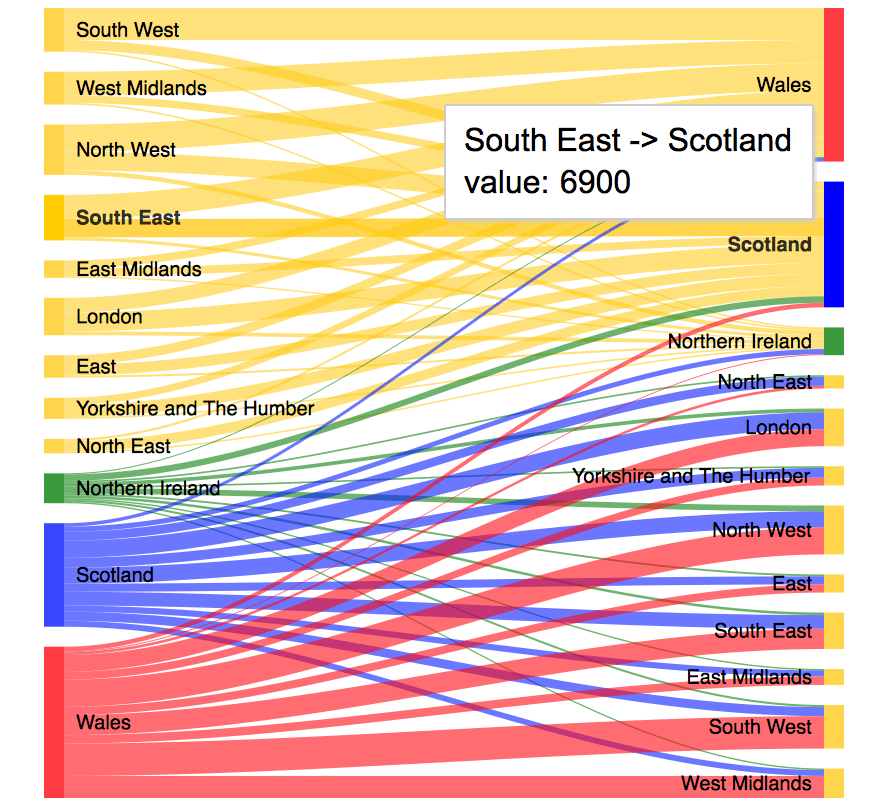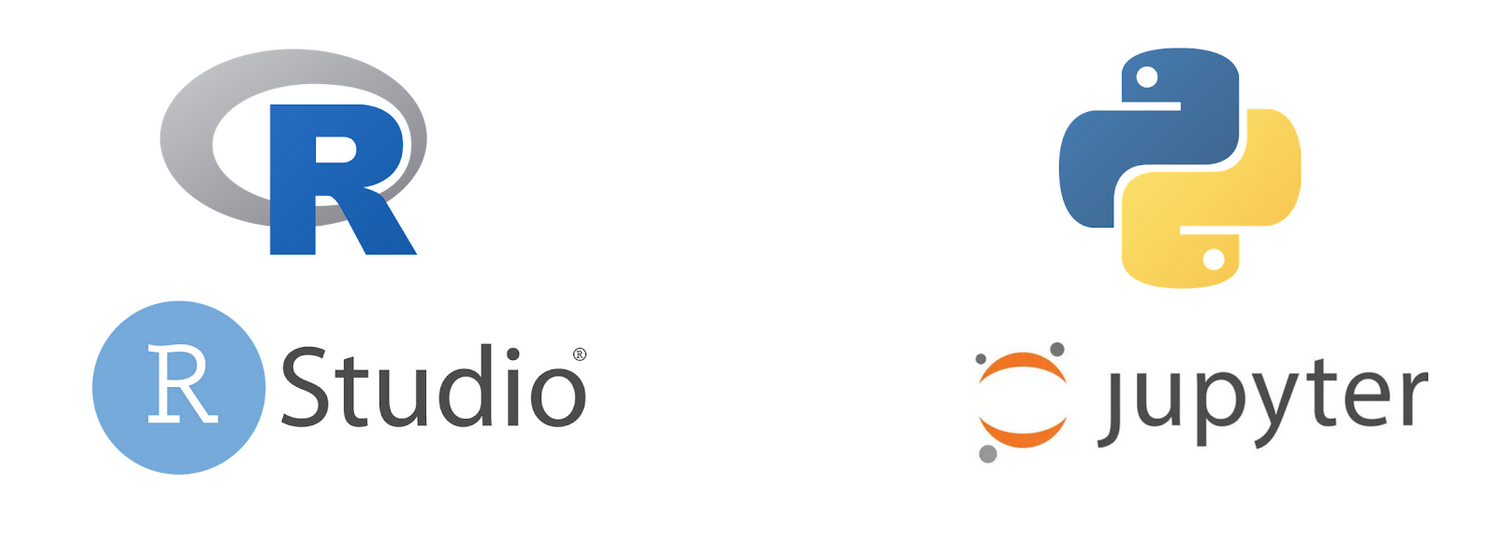

In this section we use function from R to read the dataset from the local machine into R session.

Thanks to Kevin Ushey and his collegues ( 2019) for devloping a reticulate package. Its undeniable truth that there are definitely some high and low points for both languages and if we can utilize the strength of both, we can end up dong a much better job. The questions that always resolute in my mind is whether can we utilize the statistical power of R along with the programming capabilities of Python?. Our ultimate goal should be to do better analytics and derive better insights and choice of which programming language to use should not hinder us from reaching our goals. Therefore, there is no reason that hold us to stick using this programming language or the other. But majority are committed to only one programming language, but wish they had access to some functions from other language. I believe there are few people in the Data Science community who use both R and Pythhon in their analytical workflow. So, whether you have in R or Python camp, one thing you will notice is that the problem we have in data science is simply that divergence does not lie with the tools but with the people using those tools. Honestly, I do not hold to their opinion, but rather wish I have skills for both languages. Members of both camps believe that their choice of language. There major two camps- R camp and Python camp-and history is the testimony that camps can not livel in harmony.

Because data analysts have divided the data science field into camps based on the choice of the programming language they are familiar with. One major reason for such view lies on the experts. Truth be told, R and Python are excellent tools in ther own right but are often conceived as rivals. However, instead of considering them as tools that supplement each other, more often you will find people dealing with data claim one language to be better than the other. Both R and Python are quite robust languages and either one of them is actually sufficient to carry out the data analysis task. I use Python 3.5 for some specific packages, but you can change that version or leave it as just 'python' for the latest version.If you work with data science, R and Python must be the two programming languages that you use the most. Then you can create the environment for reticulate to use: conda_create('r-reticulate', packages = "python=3.5") I recommend using Anaconda for your Python distribution (you might have to use Anaconda anyway for reticulate, not sure). You can check your Python path with py_config(): Path_to_python <- "~/anaconda3/bin/python"
#R studio and python how to#
Here is how to set the path manually (filepath for Linux or Mac): library(reticulate) Possibly your python path for reticulate changed upon reloading Rstudio.


 0 kommentar(er)
0 kommentar(er)
